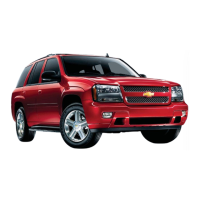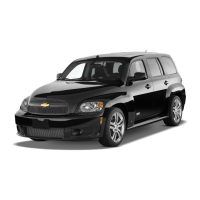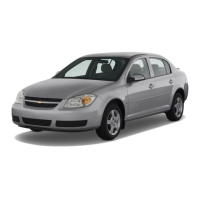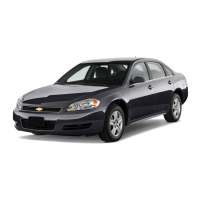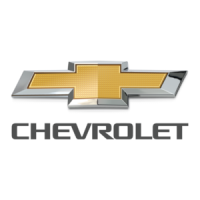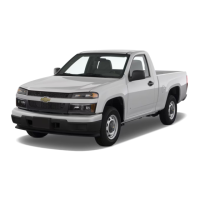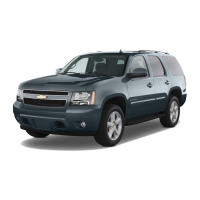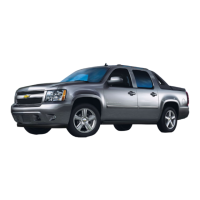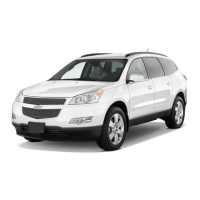
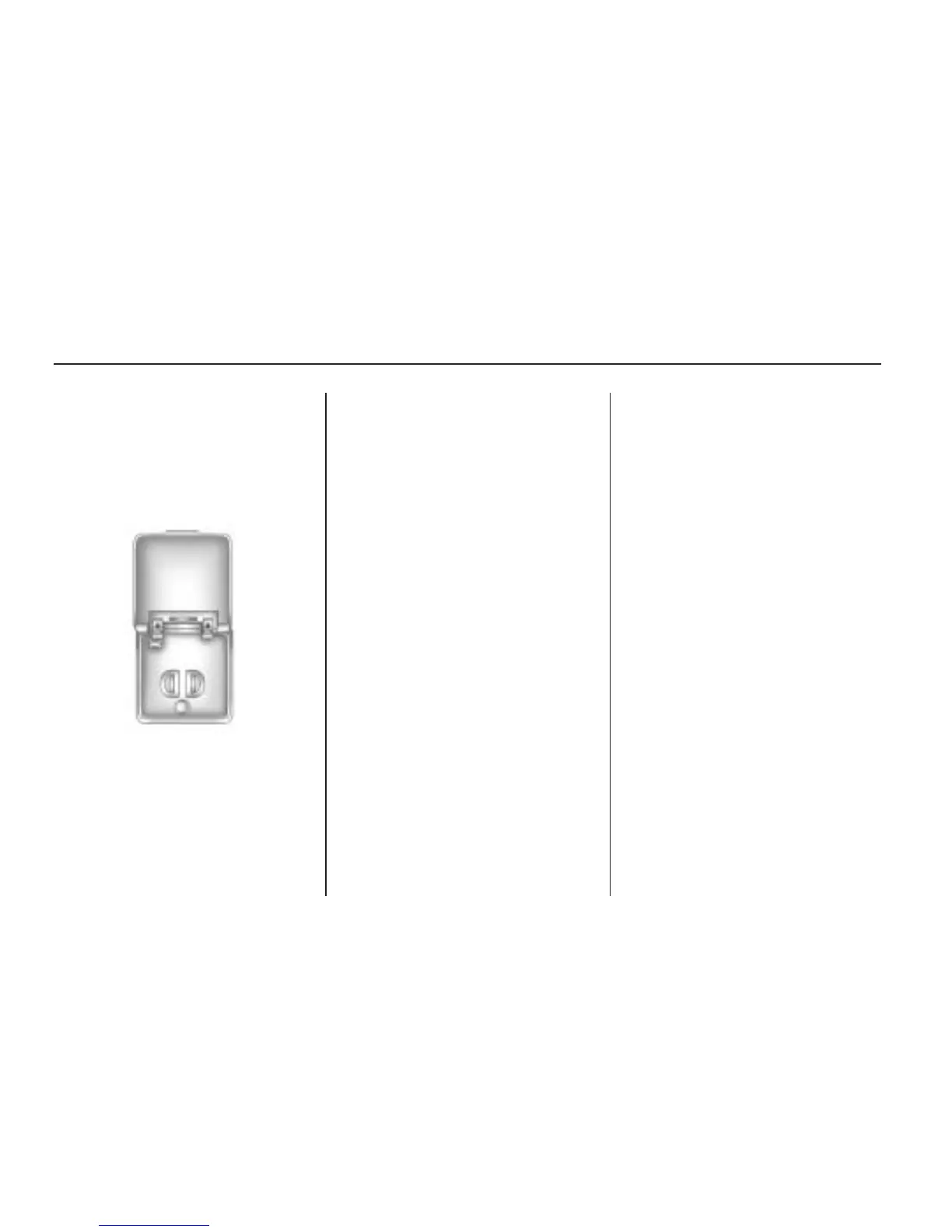 Loading...
Loading...
Do you have a question about the Chevrolet 2009 Traverse and is the answer not in the manual?
| Brand | Chevrolet |
|---|---|
| Model | 2009 Traverse |
| Category | Automobile |
| Language | English |
Details on adjustable front seat head restraints and their proper installation and adjustment.
Information on manual and power seat adjustments, including seat height and lumbar support.
Instructions for rear seat operation, including third row seat access and folding.
Guidance on proper safety belt usage, including questions and answers about their importance.
Information on using child restraints, including older children, infants, and booster seats.
Overview of vehicle airbags, their function, and important safety information for occupants.
Guidance on regularly checking safety belts, buckles, and other restraint system components.
Details on vehicle keys, key tags, and obtaining replacement keys.
Information on the RKE system's operation, range, and troubleshooting.
Information on door locks, power locks, delayed locking, and lockout protection.
Guidance on new vehicle break-in, ignition positions, and starting the engine.
Overview of OnStar services, including safety, security, and convenience features.
Identifies main components of the instrument panel and their locations.
Instructions on using the hazard warning flasher button to alert others to trouble.
Explanation of warning lights and gages that signal vehicle system status or problems.
Information on the DIC display, its messages, and customization options.
Tips for better fuel economy and safe driving practices.
Principles of defensive driving, emphasizing expecting the unexpected and wearing seat belts.
Explanation of braking action, reaction time, and factors affecting stopping distance.
Comprehensive guidance on towing a trailer, including safety rules and weight considerations.
Guidance on obtaining service and parts, emphasizing genuine GM parts and trained technicians.
Information on recommended fuel types, octane ratings, and California fuel specifications.
Instructions for checking engine oil, coolant, and other vital fluids under the hood.
Guidance on tire maintenance, including checking pressure, wear, and replacement.
Tips for cleaning the vehicle's interior and exterior surfaces, including leather and paint.
Importance of following maintenance schedules for vehicle longevity and environmental protection.
Details on routine maintenance services, intervals, and required checks like oil and filter changes.
List of services required at specific mileage intervals, including fuel system and spark plug checks.
Owner-performed checks and services recommended at each fuel fill and monthly.
Steps for resolving concerns with dealerships and accessing Chevrolet customer assistance.
Procedures for reporting vehicle safety defects to government agencies and General Motors.
Information on how to order service manuals, bulletins, and owner publications.
Explanation of vehicle data recording systems, privacy policies, and event data recorders.
